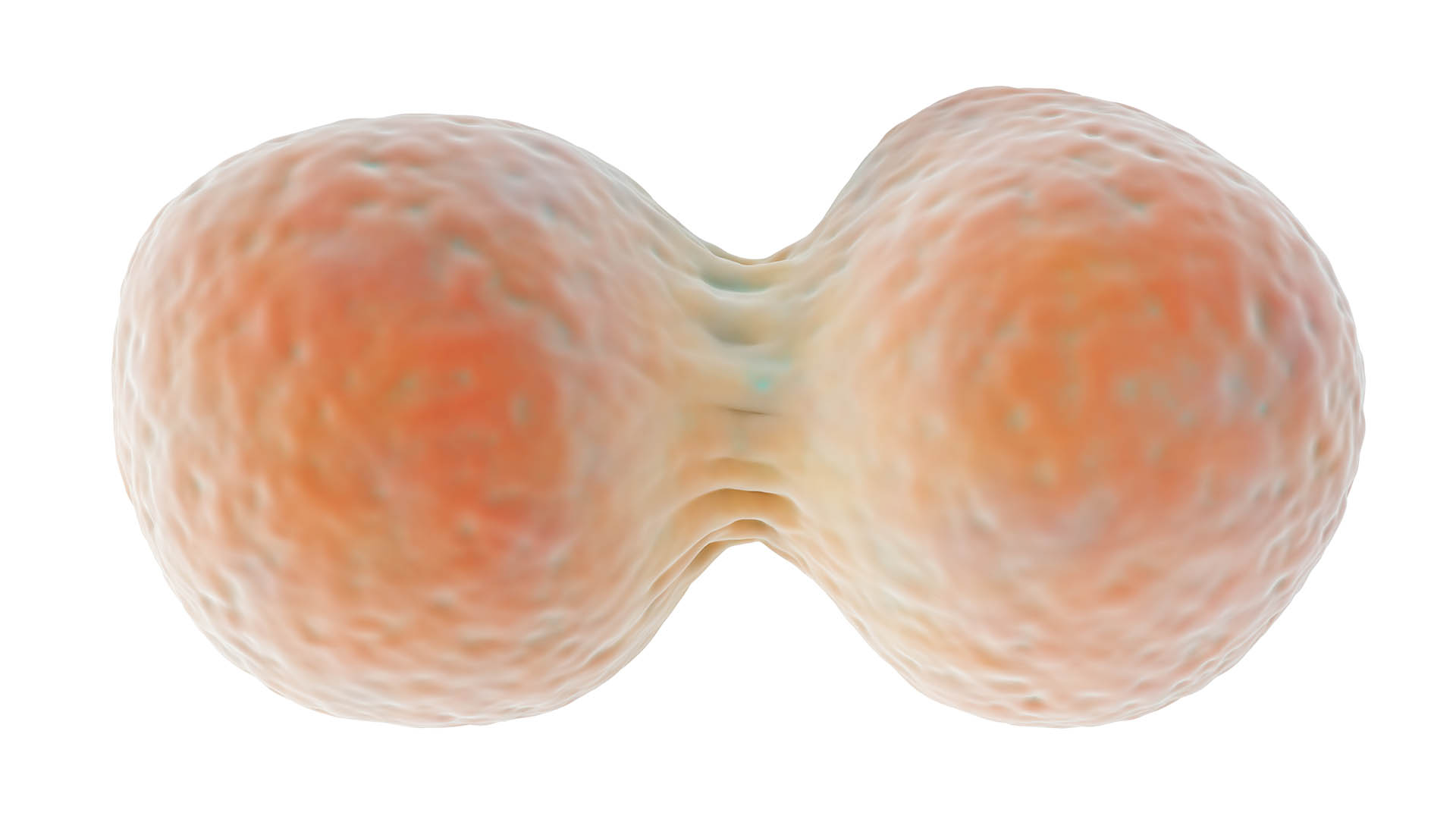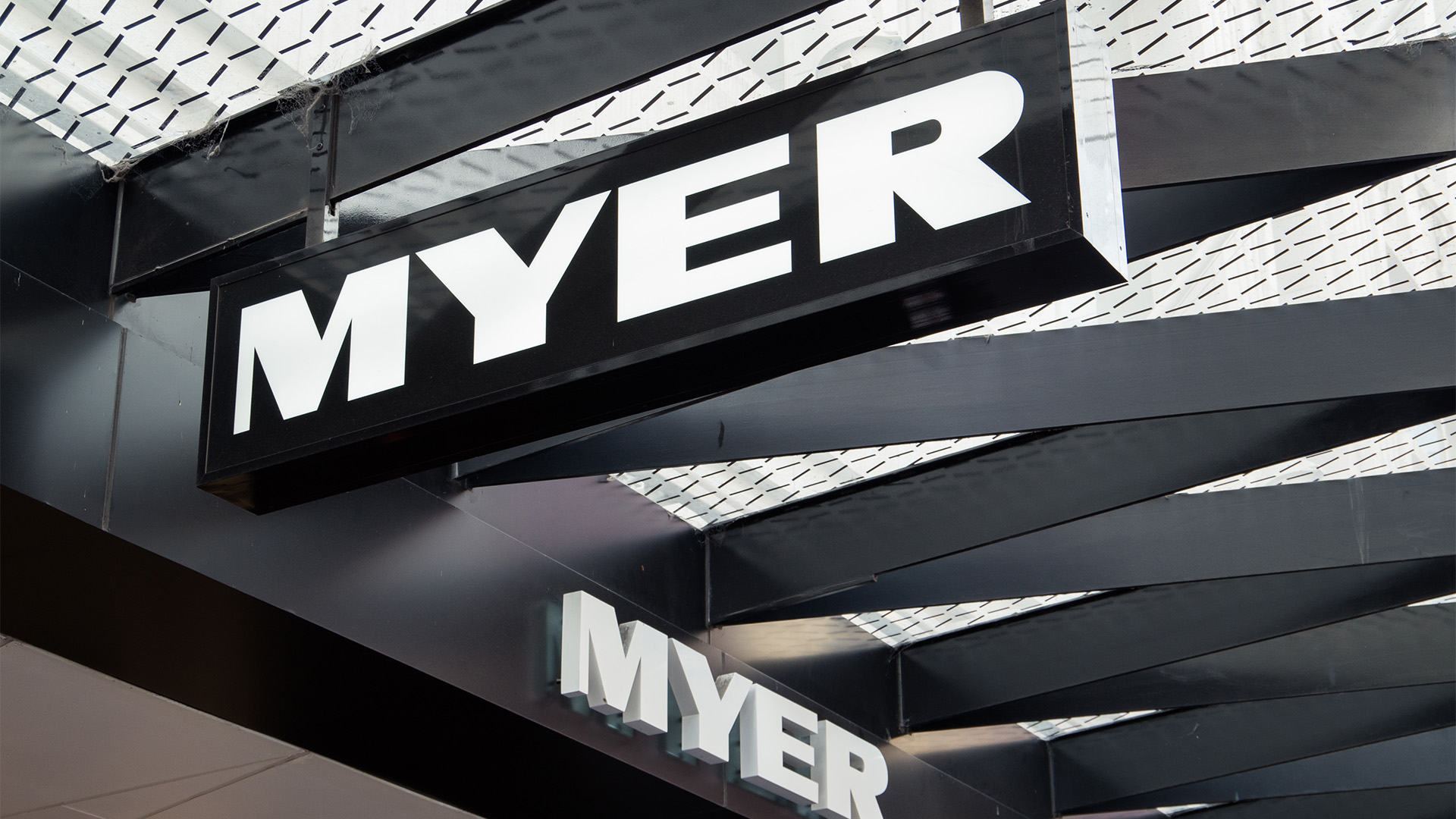The pace of activity in China’s economy faltered in July as factory output, retail sales and investment all slowed, as did bank lending which slumped sharply last month.
Although there was an impact from attempts to cut back production of coal, steel, cement and other products where there is rampant overcapacity, the July figures still make glum reading.
They further raise the possibility of more stimulus from the government.
This was after the weak reports on exports (down 4.8% in July), imports (down 12.5%), inflation (down at the consumer level) and deflation among the country’s producing sectors improving sharply.
The weak imports especially raised fears that China’s domestic conditions may be weakening more than anticipated. And that is what we got with the monthly production, retail sales and investment data for July, issued on Friday.
In fact growth in China’s fixed-asset investment hit its lowest year-to-date rate in more than 16 years in the January to July period. Data from the country’s National Statistics Bureau revealed that the growth rate of investment slipped to 8.1% in January-July from 9% in the January-June period.
It was 11.2% in the first seven months of 2015
This is the third consecutive month of growth below 10%, adding to the emerging belief that the impact of a credit boom in the first quarter is fading faster than expected.
Growth in investment by state firms cooled to 21.8% in Jan-July, from 23.5% in Jan-June.
China’s economy is still in a period of adjustment and facing downward pressure, a spokesman for the statistics bureau said on Friday.
Real estate sales saw a deceleration of 2.3 percentage points for year-to-date growth from a month earlier to 39.8 per cent.
Similarly, annualised growth in real estate investment for the year-to-date slowed to 5.3% in July, from a peak in April of 7.2% and a reading of 6.1% in June, suggesting the stimulus given to property earlier this year is losing its oomph.
Urban fixed asset investment, which has helped to boost flagging growth during the first half of the year saw a still more substantial deceleration, rising at an annualised pace of 8.1 for the year to date in July, down substantially from growth of 9 per cent at the end of June and well below expectations of 8.9 per cent.
Industrial production grew 6% year-on-year in June, dipping from 6.2%, but still much better than the 5.4% rate in January and February.
China’s crude steel output rose 2.6% from a year ago (65.85 million tonnes) to 66.81 million tonnes in July, data from 69.47 million in June and production in the first seven months of the year slipped half a percent to 466.52 million tonnes, data showed. By industry, textiles and steel output remain sluggish, while car manufacturing was the outperformer with a 22.9% increase from a year earlier, the production data showed.
Retail sales, a proxy for the kind of consumer and services activity, also softened: July saw a 10.2% rise compared to a year earlier, down from 10.6% growth in June.
Car sales stood out, as it has for all of this year, they rose 26% in July from July 2015, the fastest pace of growth in three-and-a-half years, driven by a tax break and a weak base of comparison.
China’s National Statistics Bureau said foreign and domestic auto makers shipped 1.6 million cars—sedans, sport-utility vehicles and minivans—to dealers last month, up from 1.27 million a year ago, according to the China Association of Automobile Manufacturers said Friday.
The growth was the highest since January 2013 and reflected weak results last year when the terrible stock-market plunge hurt household wealth. After car sales fell three months in a row, the Chinese government in October halved the purchase tax on small-engine vehicles to 5%.
Including both passenger and commercial vehicles total industry sales grew 23% in July from a year earlier to 1.85 million units.
Meanwhile we can expect more variations in investment and production in coming months as the Chinese government admitted last week that the pave of capacity cuts in the coal sector was running behind schedule.
Reuters reported that China’s National Development and Reform Commission (NDRC) warned “It is very likely that we can’t get the job done by the end of the year.” In February China said it expected to lay off 1.8 million workers in the coal and steel industries, or about 15%.
Coal production capacity was cut by more than 95 million tonnes by the end of July, about 38% of this year’s capacity reduction target of 250 million tonnes, the NDRC said. That is a small improvement from the end of June when the cuts totalled only 29% of the 450 million tonnes.
Steel production is supposed to fall by 45 million tonnes.
Twenty one provinces have cut excessive capacity, but the authority said the progress was behind schedule by the end of July. The laggards are five provinces including the biggest coal producing regions such as Inner Mongolia and Xinjiang province where no cuts have been made, according to the NDRC’s official statement.
Finally data out after the Chinese markets closed sprung a major shock withe news of a massive slide in new loans in July.
The People’s Bank of China reported that Chinese financial institutions issued 463.6 billion yuan ($US69.9 billion) of new yuan loans last month, about one third June’s 1.38 trillion yuan of loans.
The downturn in new credit came after a lending binge in the first half of the year that sparked concerns among policy makers over the sustainability of such debt-fuelled growth.













